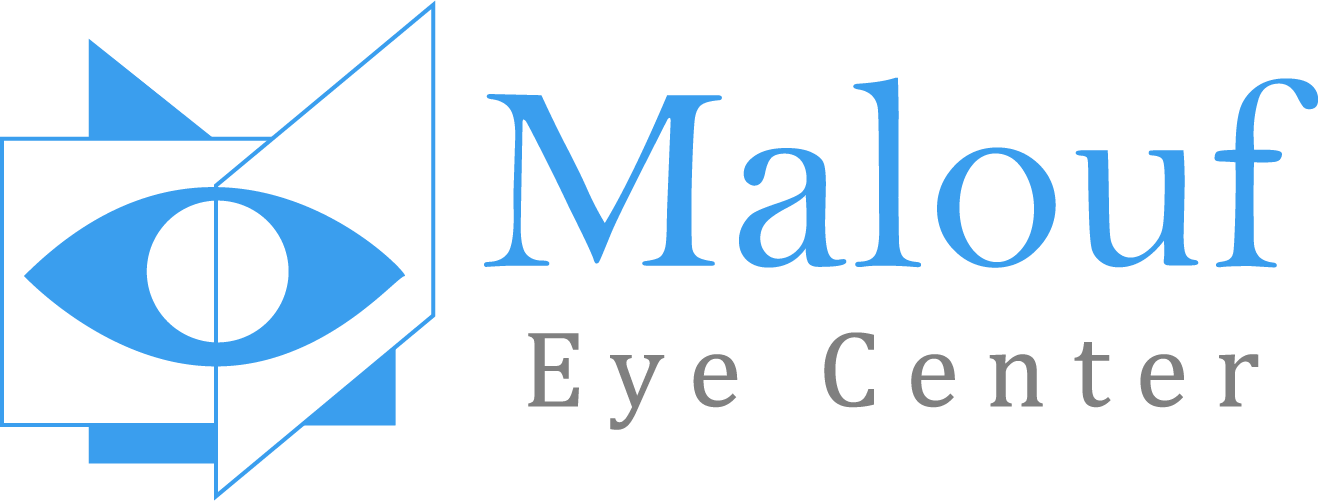Routine Eye Exam
A routine eye exam is the best way to protect yourself from glaucoma because symptoms usually do not appear until vision has been affected. An early diagnosis can help stop the progression of this eye condition and there are treatments available.
Laser Glaucoma Surgery
We offer both Argon Laser Trabeculoplasty (ALT) as well as Selective Laser Trabeculoplasty (SLT) to help treat glaucoma. These laser treatments are designed to help lower the eye pressure and can often reduce the need for eye drops. The procedure is very safe, only takes a few minutes, and there is generally no pain. In addition, patients can go back to their regular activities immediately without any restrictions.
Minimally-Invasive Glaucoma Surgery
This group of surgeries utilize some newer techniques and devices to help treat glaucoma that offer the advantage of being safer than some of the more traditional glaucoma surgeries, such as trabeculotomy. We offer two different surgeries:
- Endoscopic Cyclophotocoagulation (ECP): This surgery utilizes a special laser attached to a small endoscopic camera. The probe is inserted into the eye and laser is applied to certain areas within the eye to help decrease the fluid production in the eye, and therefore help lower the eye pressure. This procedure is very safe and typically painless.
- iStent Trabecular Microbypass Stent: With this surgery, a small stent is placed inside your eye to help filter fluid more effectively through the eye's filtration channels. The stent is less than 1mm in size, so you will not see it once it is in your eye. This procedure is done in combination with cataract surgery. This combined approach allows for both the cataract and glaucoma to be addressed with one surgery, therefore saving patients an extra trip the operating room.
Trabeculectomy
This glaucoma surgery is considered an aggressive form of surgery and is the classical surgery used to treat glaucoma. It can be very effective at reducing the eye pressure, but also caries significantly more risk than the minimally invasive surgeries. At Malouf Eye Center, we use a stepwise approach to treating glaucoma, typically starting with the safer, less-invasive approaches and then moving towards more aggressive approaches as necessary.
Tube-Shunt
This surgery is another aggressive form of surgery to treat glaucoma and involves placing a small tube in the eye to drain fluid. This surgery is typically reserved for advanced cases of glaucoma, after several other surgeries have been tried.
View Video



